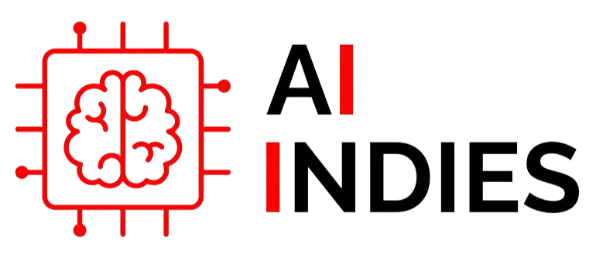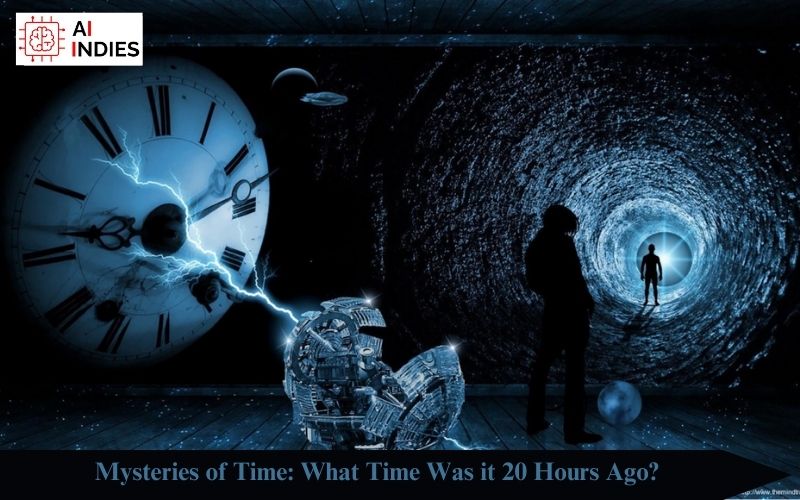In the vast expanse of our daily lives, time is an ever-flowing river, shaping our experiences and memories. Have you ever found yourself pondering over the mysteries of the past, wondering about the exact moment that slipped away 20 hours ago? In this exploration, we delve into the intricacies of time, unraveling the enigma that surrounds the question What time was it 20 hours ago?
Understanding the Concept of Time
Time, the intangible force that governs our existence, is measured in hours, minutes, and seconds. To comprehend the temporal puzzle we aim to solve, let’s first grasp the fundamental nature of time and its continuous march forward. It’s a journey through moments, each one a unique point in the ever-expanding timeline of our lives.
The Chronological Dance
As we navigate through the chronological dance of seconds ticking away, we encounter the need for precision in timekeeping. Modern society relies on synchronized clocks and digital devices to maintain a unified perception of time. However, even in our technologically advanced era, the question of what time it was 20 hours ago remains a fascinating challenge.
The process involves subtracting 20 hours from the current time, peeling back the layers of the temporal onion to reveal the specific moment that lingers in the shadows of yesteryear. This mathematical dance with time requires precision and a keen understanding of numerical subtleties.
The Intricacies of Time Zones
As we dive deeper into our quest, we encounter the intricacies of time zones. The Earth is divided into distinct regions, each adhering to its own temporal rhythm. Calculating what time was it 20 hours ago necessitates consideration of time zone differentials, adding an additional layer of complexity to our journey through the past.
The Evolution of Timekeeping
Throughout history, humanity has devised various methods to measure time. From sundials to atomic clocks, each era brought forth innovations that refined our ability to track the passage of time. Exploring Calculating the Past:
To unveil the temporal sect these milestones, provide context to our quest, highlighting the human ingenuity behind the constant pursuit of temporal accuracy.
Time as a Human Construct
While time exists as a cosmic constant, our measurement and perception of it are distinctly human constructs. This raises philosophical questions about the nature of time and its relevance in shaping our understanding of reality. As we ponder the question of what time was it 20 hours ago, we peel back the layers of societal norms and cultural influences that mold our perception of time.
The Influence of Daylight-Saving Time
In our pursuit of temporal precision, we encounter the peculiar phenomenon of Daylight-Saving Time. The biannual ritual of adjusting our clocks introduces an additional layer of complexity to our quest. The decision to “spring forward” or “fall back” affects our calculations, requiring us to navigate the temporal maze with an awareness of these shifts in the temporal landscape.
Chronicles of Temporal Anomalies
Temporal anomalies, such as leap seconds, further complicate our exploration. These minuscule adjustments to our global timekeeping systems underscore the meticulous nature of our efforts to maintain temporal accuracy. Unraveling the past requires a nuanced understanding of these anomalies, highlighting the continuous refinement of our methods to keep pace with the subtle nuances of time.
The Psychological Dimensions of Time
Beyond the mathematical and astronomical considerations, the perception of time is deeply intertwined with our psychology. The phenomenon of time dilation, where subjective time perception varies under different circumstances, adds a fascinating layer to our exploration. As we contemplate what time was it 20 hours ago, we delve into the psychological dimensions that shape our memories and recollections of past moments.
Conclusion
In conclusion, our exploration into the past, specifically the inquiry into what time it was 20 hours ago is a journey that intertwines mathematics, technology, and philosophy. Time, an intangible force that governs our lives, leaves behind a trail of moments, each unique and irreplaceable. As we navigate the intricacies of time zones, calculate with precision, and reflect on the evolution of timekeeping, we gain a deeper appreciation for the complexities inherent in unraveling the past.
This journey through the corridors of time invites contemplation, sparking a curiosity that transcends the mere ticking of seconds. Ultimately, the question of what time was it 20 hours ago serves as a reminder of the perpetual motion of our lives and the ceaseless march of time.
If you want to read more blogs then follow AI Indies.“




